At Moonshot by TechCabal on Wednesday, October 15, David Salami, chief technology officer of Hyperbridge, a blockchain interoperability company, called on African banks, fintechs, and mobile money operators to become issuers of locally pegged stablecoins. He argued that the digital versions of African fiat could slash cross-border payment fees by up to 99% and help Africa leapfrog the banking friction and currency wars caused by its fragmented financial systems.
In his 10-minute TEDx-style talk, Salami argued that money is a “collective fiction.” Drawing on the Yap people’s Rai stones—massive, immobile limestone discs from Micronesia that served as currency through collective agreement on ownership—he argued that value is similarly constructed in modern finance. In the same vein, stablecoins should become Africa’s accepted programmable money, especially for transforming local payments and spurring interest in domestic issuance. The session, titled “The Promise of Stablecoins in Africa,” spotlighted these digital tokens’ potential to rewrite the continent’s financial narrative.
“Africa’s financial plumbing is broken,” Salami said, citing World Bank data showing the continent’s remittance fees average 7.9%, the highest globally. He illustrated the pain points with examples: a Zambian fish trader losing 5-7% on regional transfers and a South African expat paying high fees to remit $1,000 to Ghana.
Sub-Saharan Africa already leads in stablecoin adoption, with the assets accounting for 43% of regional cryptocurrency transaction volume, Salami noted. Transactions on blockchain networks cost as low as $0.01 and settle instantly, versus $15-$50 and days for traditional wires.
While U.S. dollar-pegged stablecoins like Tether’s USDT are providing faster and cheaper payments, Salami warned of risks including dollarisation and capital flight from African countries. He advocated for local variants tied to currencies such as the Nigerian naira or South African rand, pointing to pilots like Nigeria’s cNGN and the rand-pegged ZARP.
These could reduce reliance on offshore intermediaries, promote financial inclusion for the informal economy, reaching 70% of Africans via mobile platforms. It can also give non-Africans more access to African currencies and unlock foreign access to tokenised local investments. “Local stablecoins can supercharge commerce within the African continent,” Salami said.
The business case for issuing stablecoins centres on a low-risk arbitrage model akin to traditional banking’s management of the “float.” Issuers receive fiat deposits (such as naira or rand) from users minting stablecoins, held in reserves. These reserves are then invested in high-yield, low-risk assets like government bonds or treasuries, generating returns while the stablecoins circulate as non-interest-bearing tokens. In Africa, local bond yields of 8-12%—far exceeding the 4-5% from U.S. Treasuries—amplify this spread, offering issuers outsized profits with minimal operational overhead. Tether, with a $179 billion market cap, reported $14 billion in 2024 profits from similar spreads with a 150-person team, Salami said, underscoring the model’s scalability and profitability for African entrants already equipped with trust, regulatory licences, and user bases.
Regulatory tailwinds are emerging, including crypto-related policies and central bank digital currency efforts. Salami urged institutions to act, leveraging existing trust and infrastructure.
For scalability, secure cross-chain bridging is critical to prevent hacks that have cost billions industry-wide. Without bridges, blockchain networks remain isolated silos, unable to facilitate asset transfers for consumers or allow developers to connect applications with users across ecosystems. Nonetheless, traditionally designed bridges—often relying on trusted intermediaries or multisig setups—remain highly vulnerable to exploits.
Salami promoted Hyperbridge’s protocol, which uses cryptographic proofs to eliminate human intermediaries and reduce hack risks to “zero.” Hyperbridge enables seamless, verifiable transfers of local stablecoins across blockchains without centralised vulnerabilities.
This autonomy supports mass adoption by allowing issuers to expand reach, integrate with mobile wallets, and facilitate intra-African trade flows while maintaining sovereignty over domestic assets. The transparency of keeping transactions on-chain also provides transparency to regulators.
Hyperbridge, a decentralised interoperability network, supports over 11 blockchain networks and has processed over $50 million in volume since its launch in 2024.
Salami concluded: “Money is a story we tell. For too long, the financial story of Africa has been one of high fees, currency friction, and banking delays. Stablecoins give us the chance to tell a new story. Let’s build a new financial system together.”

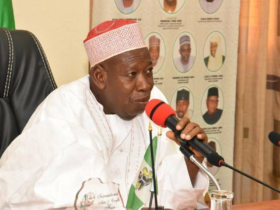
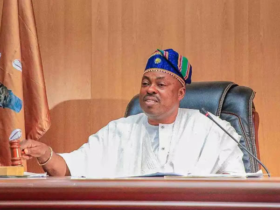



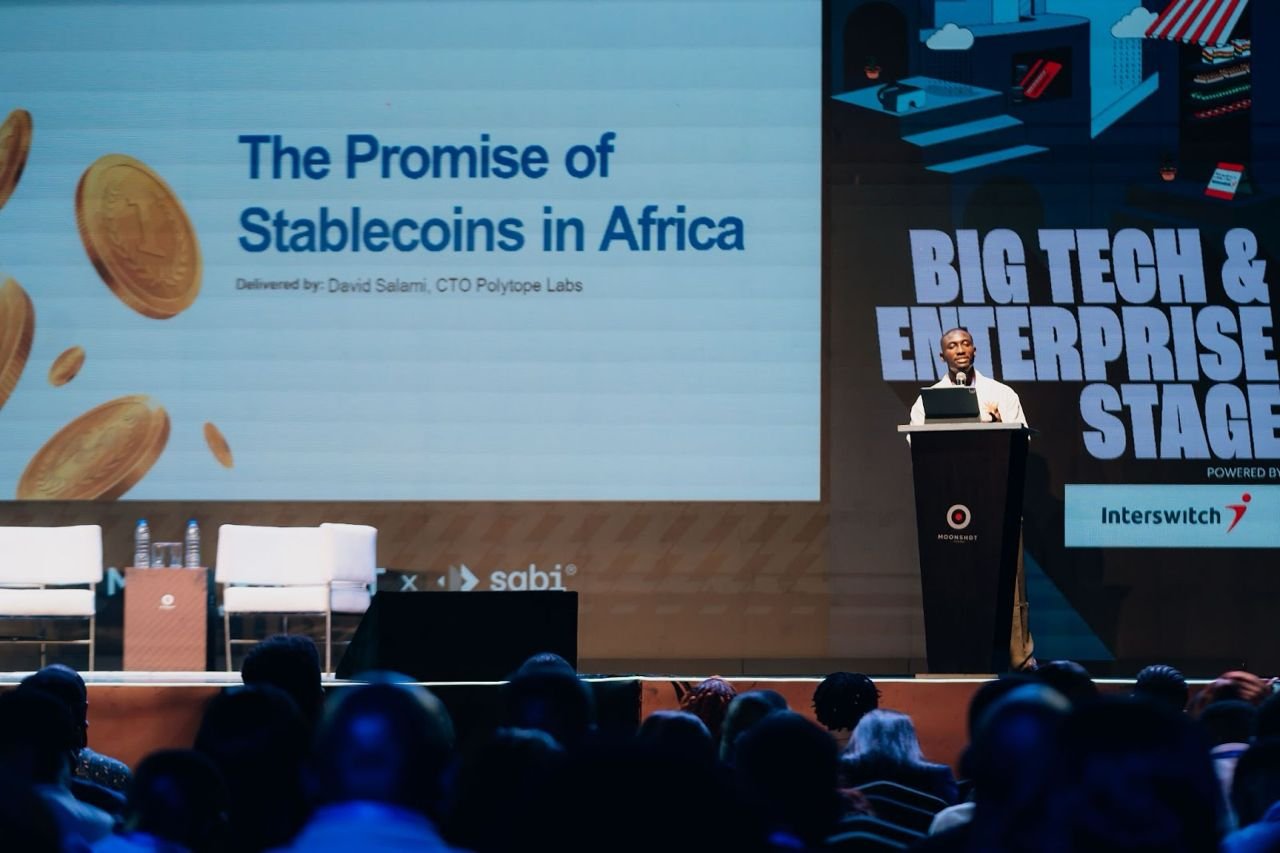

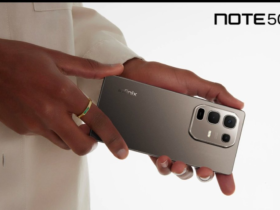




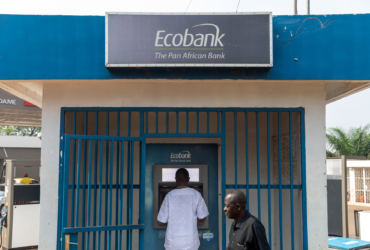
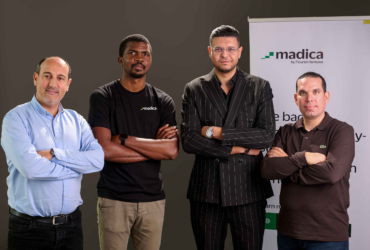



Leave a Reply